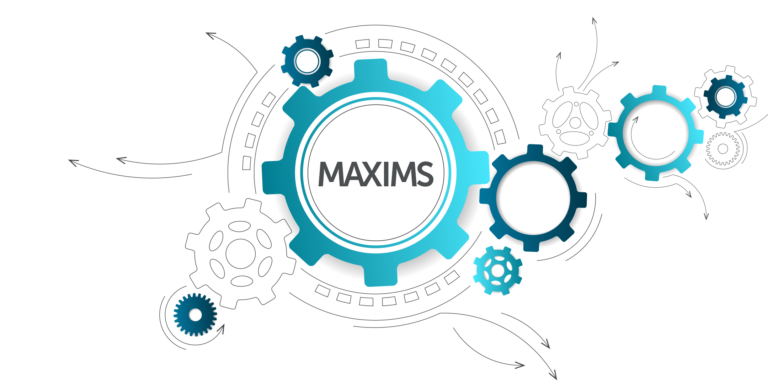Consistent approaches or strategies implemented across all classrooms and settings.
Elements of Universal Practices
These elements serve as guiding principles or visions of what “perfect” or “ideal” outcomes might look like.
Any ritual is an opportunity for transformation.
– Starhawk
Crowdsource Workshops on Universal Practices
Past Crowdsource Recaps
Building Readiness Together through Learning Walks
This workshop explores two powerful tools for fostering a cohesive and readiness-focused learning environment: Common Language and Learning Walks …
Moving From Control to Connection: 5 Steps to Build Authentic Relationships With Your Students.
In our fast-paced and interconnected world, the traditional approach of trying to control every aspect of our lives and the people around us can lead to stress, anxiety, and unfulfilling relationships. Dr. Unnatti Jain is an expert in the transformative and profound power of shifting our mindset from one of …
Implementing SEL Curriculum
Implementing any curriculum, particularly Social Emotional Learning (SEL), can feel overwhelming. This Crowdsource is designed with actionable strategies and expert insights to guide you through every step …
Operationalizing Maxims
When your school has a strong identity, members of the school community—students, teachers, staff, family members—should feel that the shared identity shows up inside and outside the classroom. Your school may have a mission statement or vision, but what does that look like throughout the school day and week? Are …
Toolkit Resources for Universal Practices
Culture at the Core: How North Valley’s Monthly Themes Reinforce Maxims to Unify the School Community
At North Valley High School, school culture is more than …
Ditch the Clip: PBIS Alternatives to the Clip Chart
Clip charts have been a common classroom strategy for many …
Student Cell Phone Policy: Best Practices for Student Success
As principal of Milwaukie High School, Carmen Gelman (now Director …
Beyond Just Reading: Combine Project-Based Learning with Literacy
PBLWorks put together a resource with innovative and creative ways …
The Literacy Playbook: Integrate Literacy Into Every Period, Every Day
When students are struggling with literacy, consider teaching it schoolwide …
SEL Aligned With Your School Community: Select an Evidence-Based SEL Program
Your SEL team will need to consider several factors prior …
Reflection Prompts for School Leaders
- Which previously excluded students, or students lacking consistent engagement, might benefit from universal practices? In what ways do you see them benefitting, and what would be the evidence of this success?
- Identify 2-3 strategies and supports within your school community where there is potential to adopt universal practices to promote student ownership of learning and focus on the skills students need to feel a sense of belonging.
- Are the environments and practices on your campus (classrooms, extracurricular and common areas, virtual spaces) set up to be most welcoming and accommodating for your students or for the adults?
Stay in the Loop
Subscribe to Our Newsletter
This work by Inflexion is licensed under Creative Commons Attribution-NonCommercial-ShareAlike 4.0 International











